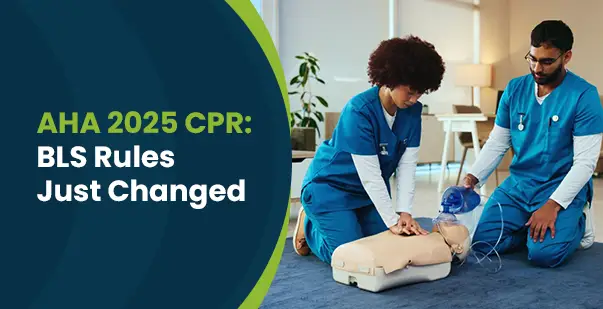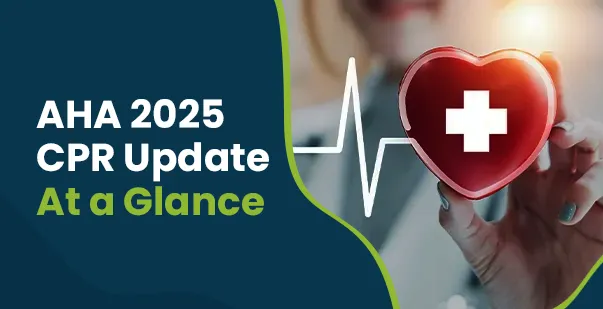A dog bite is a common occurrence that may lead to various health concerns. That is why the treatment must start immediately with basic first aid. But what would you do if you did not know how to stop the bleeding or clean the wound? This may prove fatal or lead to severe infections if not managed properly. That is why you must learn how to provide dog bite treatment as immediate medical care.
This article discusses dog bites, their treatment process, and other details crucial for first aid and care.
Understanding Dog Bites
Around 1,000 citizens in the United States seek dog bite treatment every day. Moreover, around 12,480 of them get hospitalized because of dog bite injuries. Most dog bites occur on the face, neck, head, and hands while interacting with familiar dogs.
Read More: 9 Basic Life-Saving Skills That Will Help You Save A Life
Different Levels of a Dog Bite
Dog bites transmit bacteria and have a high risk of infection. That is why it is necessary to tend to a bite that breaks the skin. Did you know that a dog bite has six levels? These levels depend on the severity of the attacks and need different treatments.
Level 1: Aggressive with Zero Skin Contact
It is the least severe level of dog bite which includes incidents of aggressive behavior toward a person. Yet, the dog’s teeth do not make any contact with the victim’s skin. Such aggressive behaviors in level 1 can include rapid or loud barking, growling, and snapping with the mouth. You may call it a minor dog bite bruise that may not be physically harmful.
Level 1 attacks may have legal implications in some places for future dog attacks. For example, a dog owner may bear liability for injuries inflicted by their animal in Texas.
Level 2: Teeth Make Contact With Zero Skin Breaks
In a level 2 dog bite, a dog’s teeth will make contact with a person’s skin. Yet, the dog does not bite the victim down with enough force to break their skin. This dog bite may leave red marks, bruises, or even minor abrasions.
Level 2 bites rarely lead to any personal injury claims. They may occur because a dog feels discomfort and wants the bite victim to leave them alone. It usually happens when a veterinarian or groomer handles a dog.
Level 3: Single Bite With Shallow Wounds
A level 3 dog bite occurs when the animal bites down with enough force to make shallow puncture wounds. The bite may cause lacerations when the dog’s mouth moves along the victim’s skin. It happens due to the victim pulling away from the dog or the owner pulling it away. Level 3 bites also happen when the dog falls back to the ground after jumping to bite the victim.
These attacks lead to personal injury claims because the victim often needs medical treatment. Sometimes, victims may also need antiviral medications or antibiotics if the dog has an unknown vaccination history.
Level 4: Single Bite With Deep Wounds
A Level 4 dog bite involves several puncture wounds. These injuries are deeper than half the length of the dog’s canine teeth. Injuries may include deep bruising or lacerations in the victims. In this case, the dog bites down and applies pressure for more than several seconds. In worst cases, the animal may shake its head while biting down. This may lead to more severe injuries that need dog bite treatment.
Level 4 dog bites will lead to personal injury claims against dog owners. Yet, an owner can defend against a claim by showing that the dog had no history of aggression.
Level 5: Deep Wounds with Multiple Bites
A dog inflicts multiple level 4 bites on one or more victims in a level 5 attack. The victim may suffer extensive injuries that need immediate medical treatment in this context. In most cases, dogs inflicting level 5 bites have a history of biting people. This level also showcases a lack of fear of the bite victim fighting back or the owner controlling the dog. Trainers recommend that dogs who inflict level 5 bites remain in the owner’s home except for veterinary appointments. The same dog must be locked or fenced away when the owner has children inside the home.
Level 6: Flesh Consumption or Victim’s Death
A dog bite proves to be lethal in level 6 because it may lead to the victim’s death. It involves any incident where the animal consumes a person’s flesh. Sometimes, the dog may also inflict fatal injuries on the bite victim. Authorities consider such dogs willing to kill people too dangerous to leave alive. Most governmental agencies order the dog euthanized after a level 6 attack.
A level 6 dog bite may result in criminal charges against the owner. This applies if the attack occurred because of the owner’s criminal negligence in handling their animal. A legal case will happen if the owner knows their dog has a history of dangerousness. These attacks often occur outside the dog’s secured enclosure.
Master First Aid Skills
First Aid Certification course that prepares you for real-life situations.
Steps to Follow for a Dog Bite Treatment
Treating a dog bite should start with the safety of the victim, the rescuer, and the dog itself. Secure the animal away from the victim who has been bitten. Contact animal control or the police if you cannot control the dog by yourself.
Follow these steps to provide first aid to any dog bite victim near you:
Stop Bleeding
Apply pressure with a clean towel or cloth to control bleeding on the wound. Remember, not all dog bites bleed. Yet, a few deep bites can bleed heavily.
Wash Your Hands
Do not forget to wash your hands with soap and water before touching the dog bite. Try putting on some sterile gloves if you have them.
Clean the Area
Clean the injured area with soap and warm water. This is regardless of whether or not the skin was broken. Flush away any dirt and bacteria by running water over the wound for five minutes. Then, use gentle soap and water to wash and rinse thoroughly. Do it for around three minutes to remove all soap.
Cover the Dog Bite
Use a clean and dry dressing to cover the dog bite. You can put antibiotic ointment on the wound if necessary.
Check the Dog
In some cases, the dog may have also got some injuries during the incident. The best way to give treatment is to apply neosporin on dogs. It proves to be a helpful measure for minor wounds until medical help arrives.
Read More: How to Become an Emergency Medical Technician (EMT)
What Does a Dog Bite Treatment Include?
A dog bite support therapy may begin with first aid but may need further assistance in the future. The treatment will depend on the size of the bite and where it is located on the victim’s body. Hence, a dog bite treatment may include:
Antibiotics prescribed as a precaution for bites that cause deep puncture wounds. They also apply to injuries with a high risk of infection.
- Stitches for a deep bite or a wound that does not stop bleeding.
- Surgery to repair muscle, ligaments, or tissue in case of a severe dog bite.
- Suture repair may be needed for wounds on the face to minimize scarring.
- Tetanus shot if you have surpassed five years since your last booster.
- Rabies vaccination if the victim is not vaccinated or the rabies status is not known.
- Wound dressing to protect the bite area from infection.
- Monitoring the bite wound for signs of infection.
Preventing a Dog Bite
Anyone can prevent dog bites by taking some specific precautions. Most importantly, you must teach children how to interact with dogs. Now, here are some ways to prevent a dog bite:
- Always ask the owner’s permission before petting a dog.
- Let the animal sniff your hand to see if it is comfortable.
- Never pull on a dog’s ear, tail, or any other body parts.
- Do not tease the dog by taking away its treats or toys.
- Leave these animals alone when they are eating, sleeping, or do not feel like playing.
- Stay out of the dog’s bed or crate.
- Supervise kids under 5 years old when they interact with dogs.
- Make sure to stay away from dogs you do not know.
- Stand still and look down at your feet when a stray dog approaches you.
- Do not escalate the situation by running, yelling, or hitting the animal.
First Aid Training Made Easy
Learn essential first aid care from anywhere with our online course
Final Thoughts on a Dog Bite Treatment
Treating a dog bite involves providing basic first aid in the beginning. Apply pressure to stop bleeding and wash the wound with soap and water. Later, you can cover it with a clean bandage. However, you must seek immediate medical care if the bite is too deep or the dog consumes the flesh of the victim.
Make sure that the victim sees a doctor within 24 hours if their skin is broken. Additional treatments may include stitches, antibiotics, or even surgery. Your doctor may also recommend a tetanus or a rabies shot in certain cases. Follow their instructions for wound care and watch for any signs of infection.
If you want to learn more about dog bite treatments, then consider doing a first-aid course. This will enable you to save the life of a victim while they await medical assistance.









